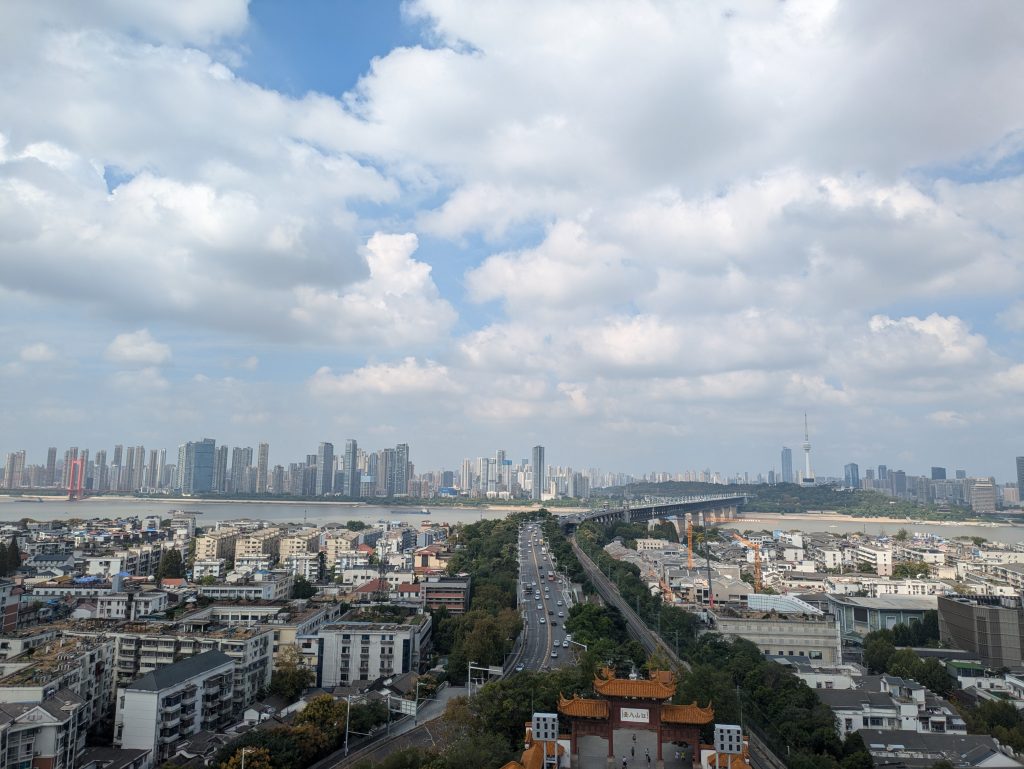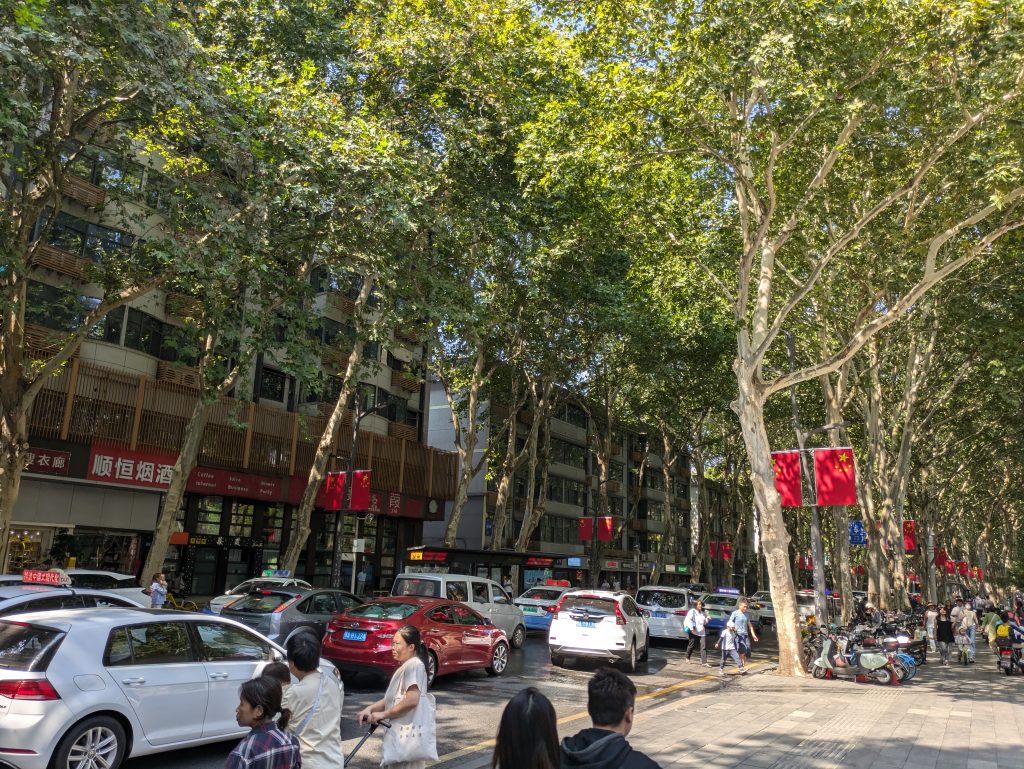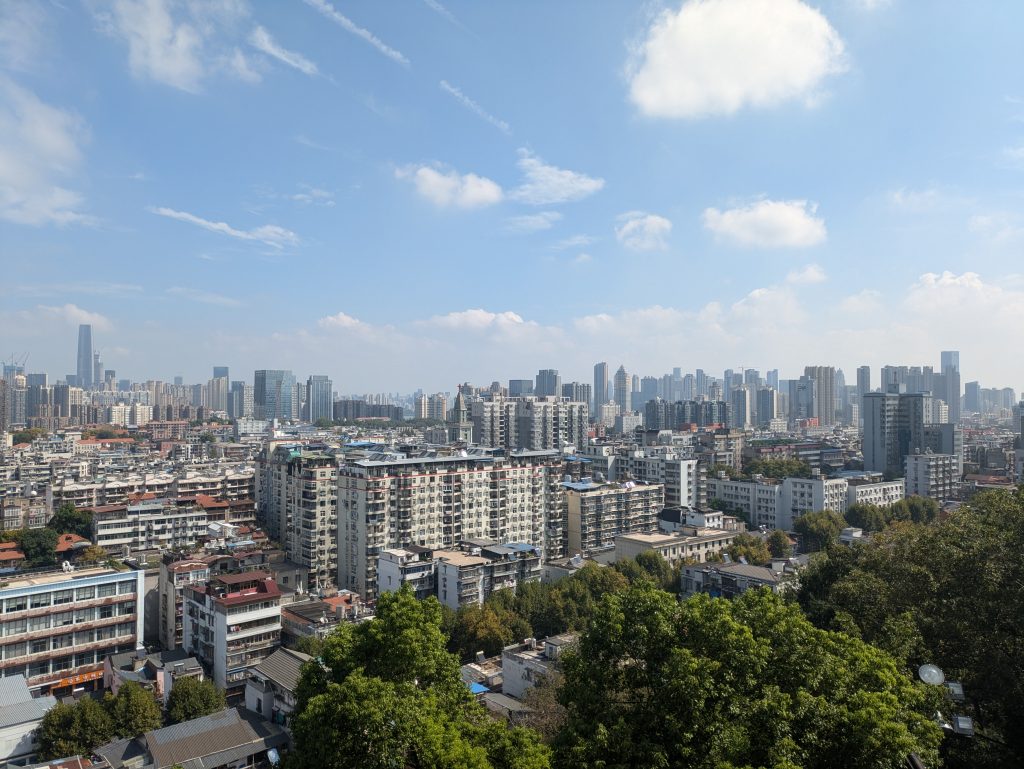Urban greenery cools our cities, but environmental stresses limit the effectiveness of this process

Extreme temperatures are becoming an increasingly serious challenge for urban areas, and the implementation of urban heat island mitigation strategies faces numerous difficulties. Using the example of Wuhan, China, this paper analyzes the ability of urban greenery to cool urban areas in the context of actual stress conditions, such as road density, traffic intensity, building density and height, and the proportion of impervious surfaces.
The results confirm that plants are effective in reducing air temperature, regardless of the environment in which they grow. However, stress factors significantly reduce the effectiveness of this process.
Therefore, urban planning should focus on maximizing the cooling effect of greenery in limited urban space. A comprehensive approach that considers the balance between urbanization pressures and green space distribution is needed to better prepare cities for climate change and promote sustainable development.
The research was partially funded by the High-End Foreign Experts Introduction Plan of China project [G2022157005L], which was carried out by Huazhong Agricultural University and the staff of the Centre for Climate Research at SGGW.
Song J.Z. , Przybysz A., Zhu C.Y.. 2025. Revealing the contribution of urban green spaces to improving the thermal environment under realistic stressors and their interactions. Sustainable Cities and Society, 106426.
More information https://www.sciencedirect.com/science/article/pii/S2210670725003026

